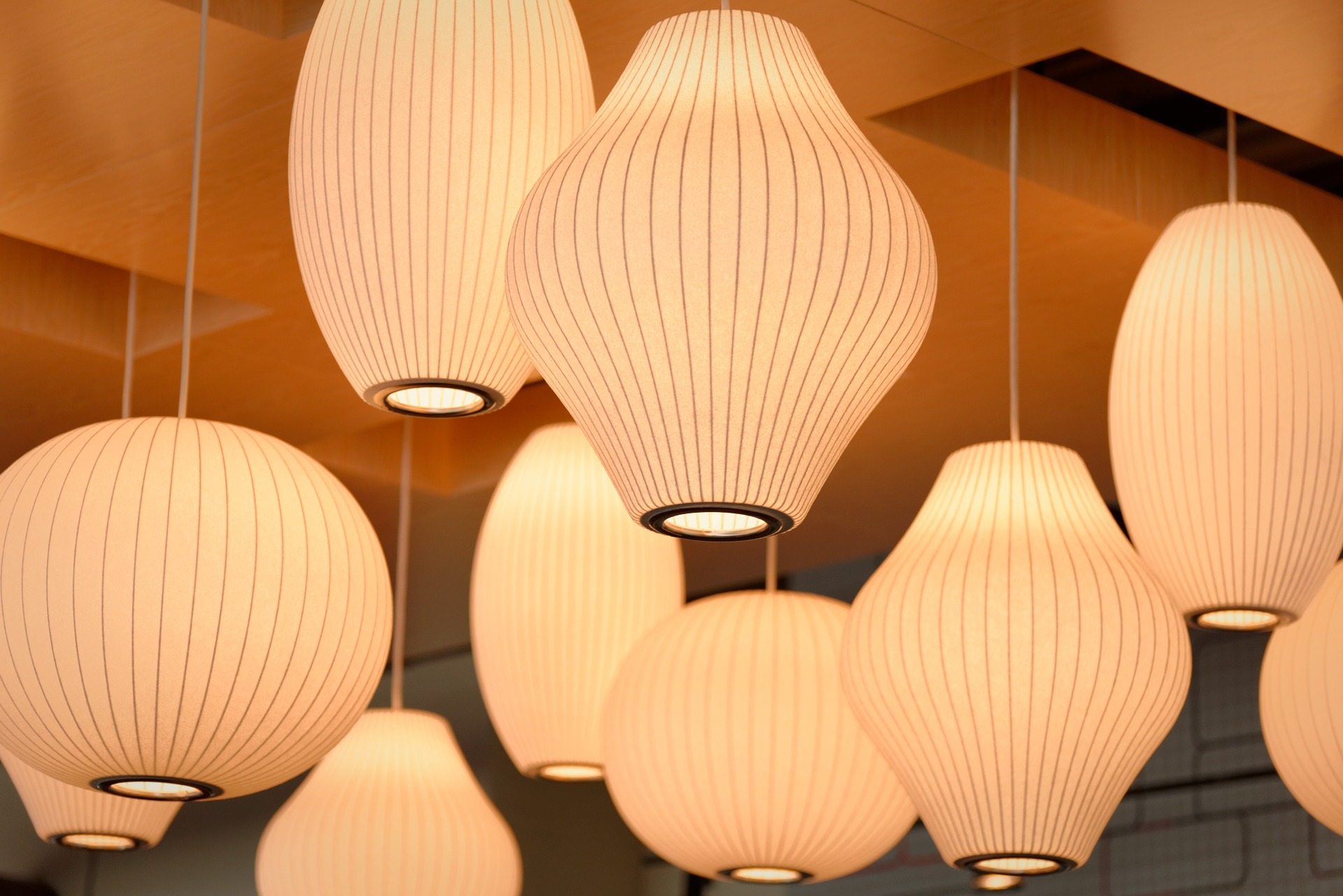
Not all aspects of a room’s design are immediately noticeable. Interior lighting is not usually something which makes a strong first impression—unless of course the room is poorly lit, which is something that immediately stands out. Overall, interior lighting provides a mood; it is often something which is sensed more so than seen. It provides ambience and when done well, imparts a sense of comfort.
Achieving a well-lit space, however, is not as simple as adding more lamps or screwing lightbulbs into those random, unused fixtures that have remained dormant since you first moved in. Here are a few tips to consider when choosing lighting for your home.
Let the room dictate the lighting scheme
When choosing interior lighting, the layout of the room is paramount. This is how interior designers think. Look at the size of the room, and determine where the electrical outlets and windows are relative to the space. Plan the layout of both the furniture and the lighting simultaneously. If the layout does not allow for an even balance of light across the room, overhead lighting should be considered.
Use different types of lamps
The most common mistake when lighting a room is relying on a single source or type of light. For example, using only overheads with frosted dome lights. Ideally, you want the lighting in your main rooms to feature three main components: first, overhead or built-in. Second, mid-height illumination such as wall sconces, chandeliers or pendants. Finally, end tables and other furnishings should be used to disperse table-height or task lighting throughout the space.
Size over style
It’s easy to get caught up in the look of a fixture without considering its size. For example, if you have high or vaulted ceilings, you’ll want to consider a taller lamp to achieve even lighting throughout the space. Conversely, if you have a smaller room altogether, you’ll want to use lamps with a smaller overall presence.
Achieve brightness by combing color with light
No amount of illumination will make a room with dark walls and dark furniture appear bright. There is a direct relationship between color and light, and that light will only be present where light-colored surfaces are available to reflect it. A light source that is situated against a dark wall will simply create a spotlight effect rather than comfortably illuminating the entire area. Position your floor lamps near walls, furniture and other items which are lighter in color.
Favor contrast over brightness when choosing task lighting
Task lighting is all about contrast—not brightness. A single-bulb fixture may be suitable as a focused reading light in a dark space, but in a well-lit area a brighter, more dispersed light is necessary to light the page. Our eyes naturally adjust as light becomes brighter, making our pupils constrict to decrease the amount of light entering our eyes. As such, using too much light for a given task causes our eyes to strain in discomfort.
Change the mood with specialty bulbs
Lighting can change the entire character of a room with very little time or financial investment involved. Going from a bright white to a gentle pink takes the space from institutional to romantic. Amber-colored bulbs provide a soft, warming glow that makes dining spaces more inviting, while pale blue bulbs can really set off the features of electronics and other appliances.
Are You Buying a Home in Aspen?
Call us at 970-429-8275 or get in touch with us online to tell us what you want from your next home. We’ll begin searching for the perfect place right away.














